Optimal Timing for Pavilion Stainings
Pavilion stainings are most effective when performed during optimal weather conditions, typically in dry, mild seasons. Proper timing ensures the stain adheres well and provides long-lasting results.
Late spring and early fall are ideal for pavilion stainings due to moderate temperatures and low humidity.
Avoid staining during rainy or extremely humid periods to prevent issues with drying and adhesion.
Ideal temperatures for staining are generally between 50°F and 85°F to ensure proper absorption and curing.
Choose a day with minimal direct sunlight to prevent rapid drying and uneven staining.
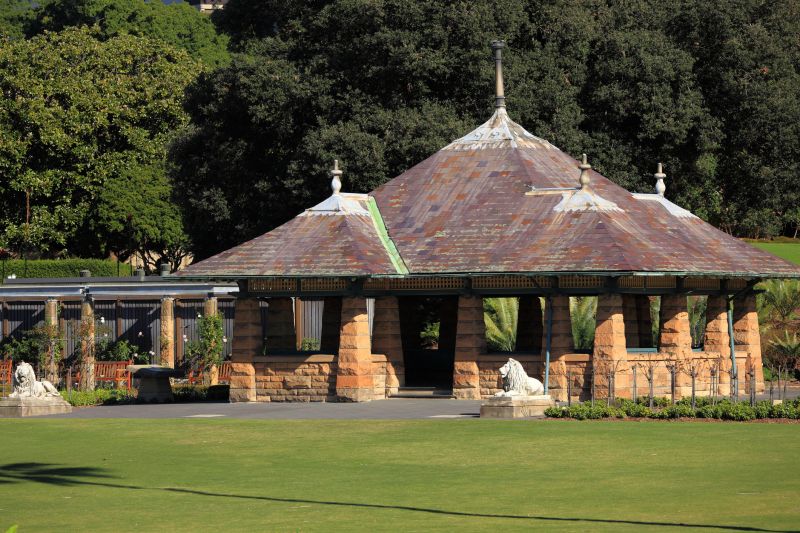
Ways to make Pavilion Stainings work in tight or awkward layouts.
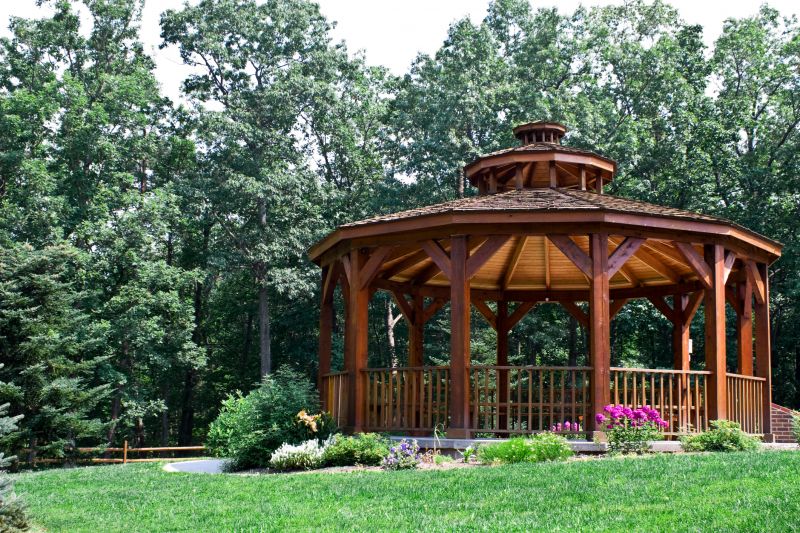
Popular materials for Pavilion Stainings and why they hold up over time.
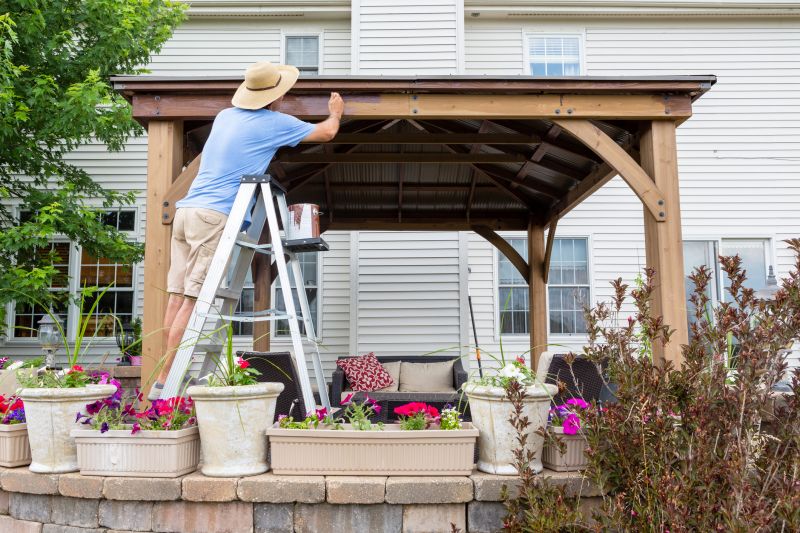
Simple add-ons that improve Pavilion Stainings without blowing the budget.
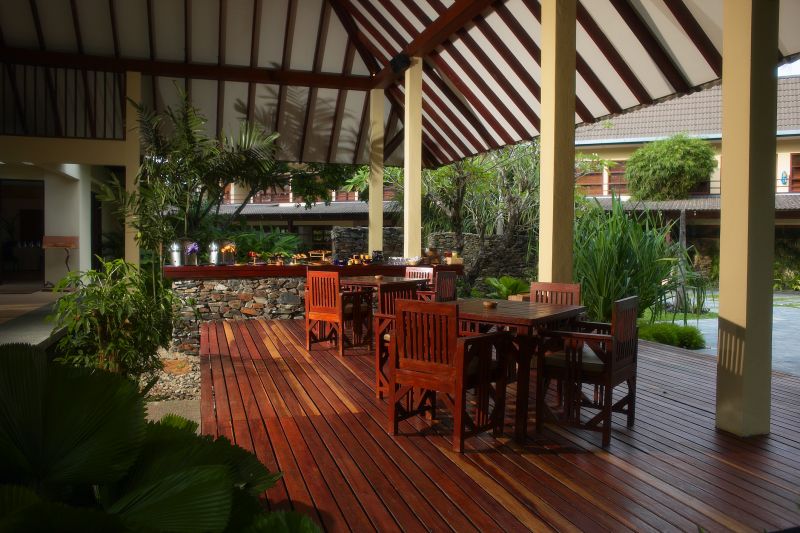
High-end options that actually feel worth it for Pavilion Stainings.
Pavilion stainings involve applying protective and decorative stains to outdoor pavilion structures, enhancing their appearance and durability. Proper timing maximizes stain longevity and minimizes maintenance needs.
Statistics show that staining during optimal weather extends the lifespan of the finish by up to 30%, reducing the frequency of reapplication and preserving the pavilion's aesthetic appeal.
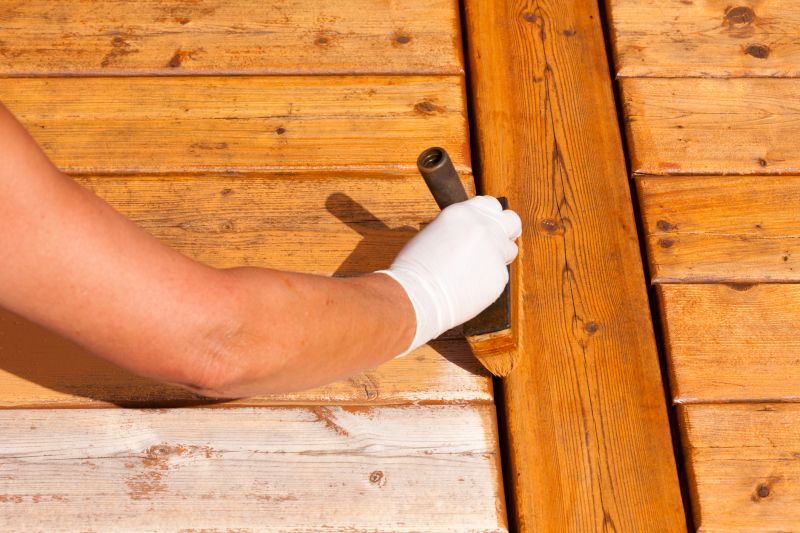
Finishes and colors that play nicely with Pavilion Stainings.
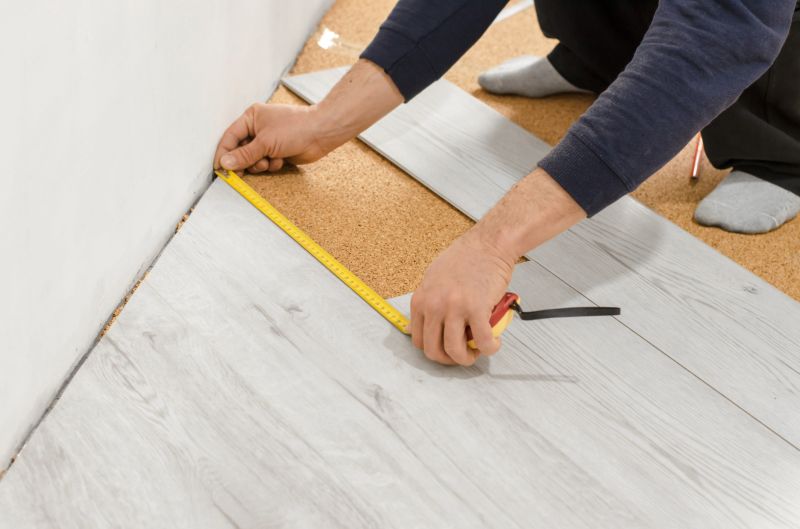
Little measurements that prevent headaches on Pavilion Stainings day.
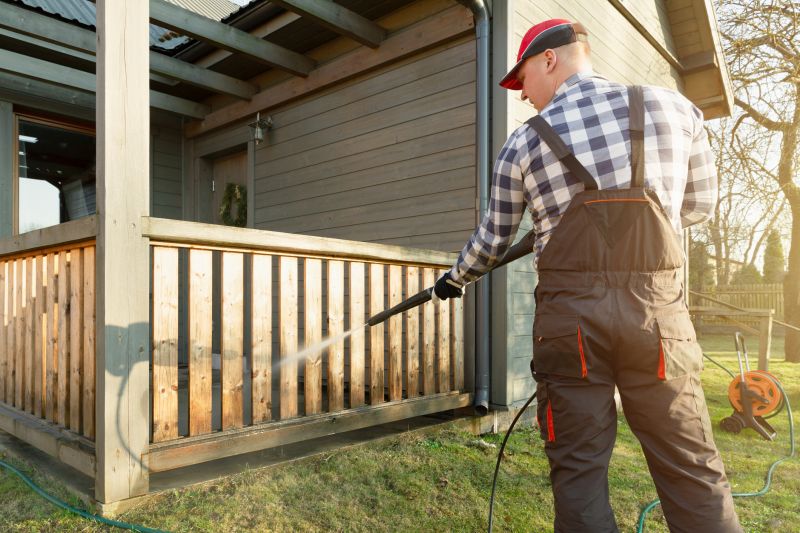
A 60-second routine that keeps Pavilion Stainings looking new.
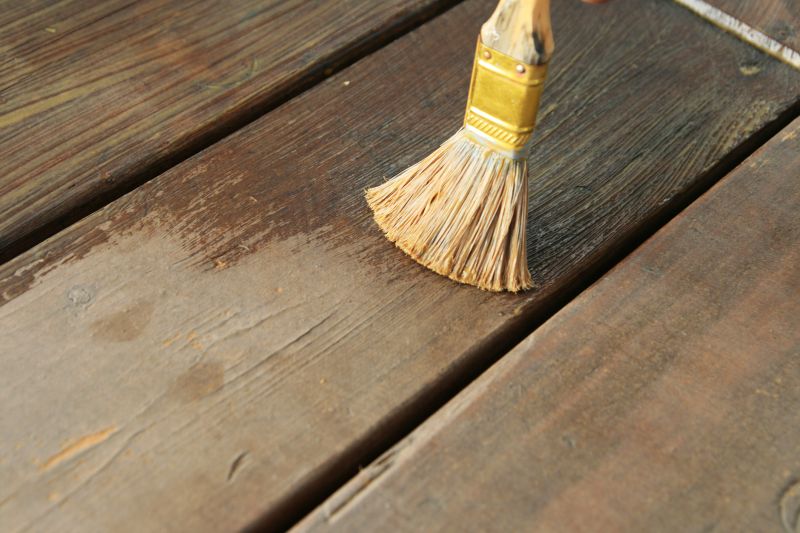
A frequent mistake in Pavilion Stainings and how to dodge it.
Interested parties are encouraged to contact for further information or to schedule a staining session. Proper timing and preparation can significantly impact the durability and appearance of pavilion finishes.
